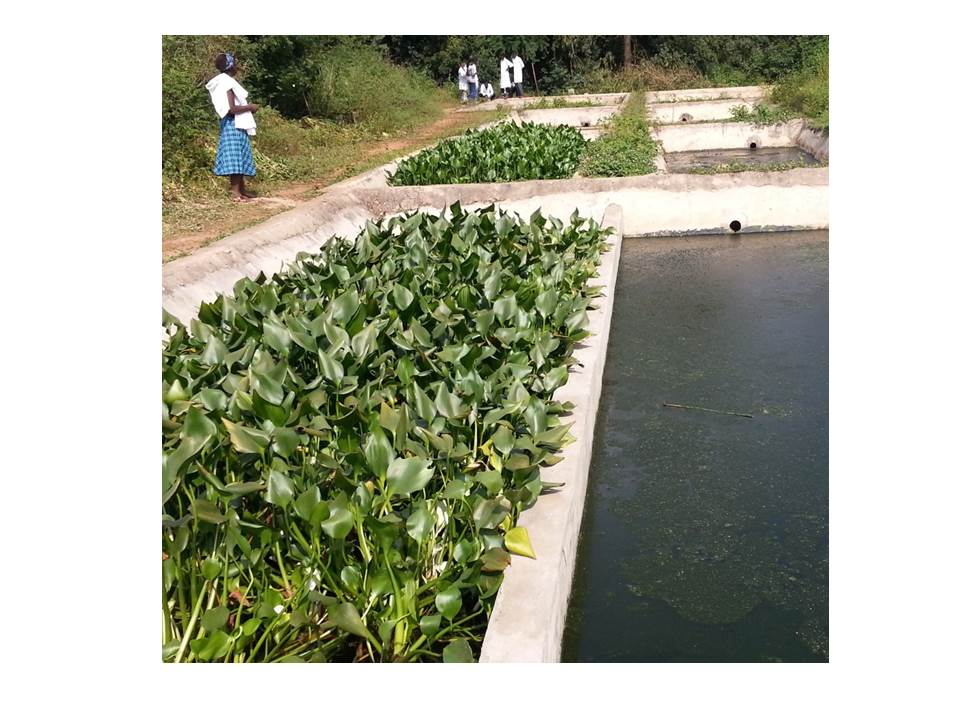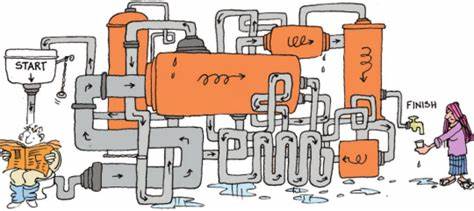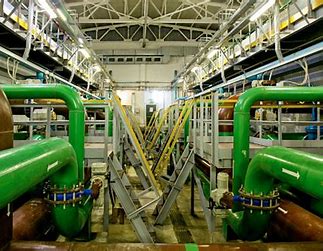
Introduction
Community engagement plays a crucial role in wastewater treatment planning, ensuring the active participation and collaboration of local residents, stakeholders, and decision-makers. This article provides an overview of the importance of community engagement in wastewater treatment planning and its historical background.
Historical Background
Wastewater treatment planning has evolved significantly over the years, moving from basic approaches to more sophisticated and community-oriented strategies. In the past, community engagement was often overlooked or limited to a few stakeholders. However, the influence of community engagement has become increasingly recognized in shaping wastewater treatment planning processes.
Key Concepts and Definitions
Wastewater treatment planning involves the development and implementation of strategies to effectively manage and treat wastewater. Community engagement, on the other hand, refers to the process of involving community members in decision-making and fostering their active participation. Stakeholders, including residents, local businesses, and environmental organizations, play a crucial role in community engagement by providing valuable insights and perspectives.
Benefits of Community Engagement in Wastewater Treatment Planning
Increased public awareness and understanding of wastewater treatment processes:
Community engagement initiatives help educate residents about the importance of wastewater treatment, its benefits, and potential environmental impacts. This increased awareness encourages responsible water usage and promotes a sense of ownership over wastewater treatment facilities.

Enhanced trust and cooperation between the community and wastewater treatment planners:
By involving the community in decision-making processes, trust between residents and wastewater treatment planners is built. This collaboration fosters mutual understanding, leading to more effective and sustainable solutions.
Incorporation of local knowledge and preferences in decision-making processes:
Community engagement allows for the integration of local knowledge and preferences, ensuring that wastewater treatment plans are tailored to the specific needs and characteristics of the community. This approach leads to more efficient and culturally-appropriate solutions.
Strategies and Approaches for Effective Community Engagement
Establishing clear communication channels with the community:
Effective communication is essential for engaging the community. Regular updates, public meetings, and open forums provide opportunities for residents to voice their concerns, ask questions, and contribute to the decision-making process.
Providing accessible and understandable information about wastewater
treatment:
It is vital to disseminate information about wastewater treatment in a clear and concise manner. Utilizing plain language, visual aids, and accessible formats ensures that all community members can easily comprehend the information and actively participate.
Encouraging active participation of community members:
Engaging the community in meaningful ways goes beyond providing information. Actively involving residents in workshops, focus groups, and collaborative planning sessions empowers them to contribute their insights, ideas, and concerns, fostering a sense of ownership over wastewater treatment planning processes.

Role of Technology in Promoting Community Engagement
Use of social media platforms for information dissemination and engagement:
Social media platforms provide an effective medium for sharing updates, educational content, and engaging with the community. Interactive posts, live videos, and online discussions promote dialogue, increasing community involvement.
Online platforms for public consultation and feedback gathering:
Online platforms enable convenient and inclusive public consultations, allowing community members to provide feedback on proposed plans and projects. This approach ensures a broader representation of perspectives and encourages inclusivity.
Virtual reality simulations to enhance understanding of wastewater treatment processes:
Virtual reality simulations offer an immersive and interactive experience, allowing community members to visualize and understand wastewater treatment processes. This innovative approach facilitates informed decision-making and fosters a deeper understanding of the implications of wastewater treatment planning.
Case Studies or Examples
Case study: Successful community engagement in wastewater treatment planning project X:
This case study highlights a project where effective community engagement resulted in the successful implementation of wastewater treatment initiatives. The involvement of local residents, stakeholders, and decision-makers led to increased public support and ensured the project’s sustainability.
Case study: Challenges faced and lessons learned in community engagement for project Y:
This case study explores the challenges encountered during a community engagement process for a wastewater treatment project. It provides insights into addressing resistance, overcoming barriers, and incorporating diverse perspectives for more inclusive decision-making.

Current Trends or Developments
Emerging technologies and their impact on community engagement in wastewater treatment planning:
The advent of smart technologies, data analytics, and real-time monitoring systems is revolutionizing community engagement in wastewater treatment planning. These advancements offer opportunities for increased transparency, real-time feedback, and more personalized approaches.
Growing recognition of the importance of inclusivity and diversity in community engagement processes:
There is an increasing emphasis on ensuring inclusivity and diversity in community engagement initiatives. Recognizing the unique perspectives and needs of marginalized groups, indigenous communities, and other underrepresented populations is crucial for equitable and effective wastewater treatment planning.
Challenges or Controversies
Resistance from community members or stakeholders:
Community engagement processes may face resistance from individuals or groups who are skeptical or oppose proposed wastewater treatment plans. Overcoming resistance requires open dialogue, addressing concerns, and providing evidence-based explanations.
Balancing conflicting interests and opinions:
In community engagement, conflicting interests and opinions are inevitable. Balancing these perspectives requires effective facilitation, mediation, and compromise to reach mutually beneficial solutions.
Future Outlook
Potential future developments in community engagement practices for wastewater treatment planning:
The future of community engagement in wastewater treatment planning lies in the continued integration of technology, increased inclusivity, and enhanced collaboration between stakeholders. This may include the use of artificial intelligence, virtual reality, and community-driven decision-making processes.
Anticipated challenges and ways to address them:
Anticipated challenges in future community engagement initiatives include adapting to rapidly evolving technologies, ensuring equal access to information, and addressing the concerns of diverse communities. Addressing these challenges requires ongoing research, capacity-building, and adaptive strategies.
Conclusion
In conclusion, community engagement is a fundamental aspect of wastewater treatment planning. It enhances public awareness, trust, and cooperation, incorporating local knowledge and preferences into decision-making processes. By utilizing effective strategies, embracing technology, and fostering inclusivity, wastewater treatment planners can ensure sustainable and collaborative solutions for the benefit of the community and the environment.




